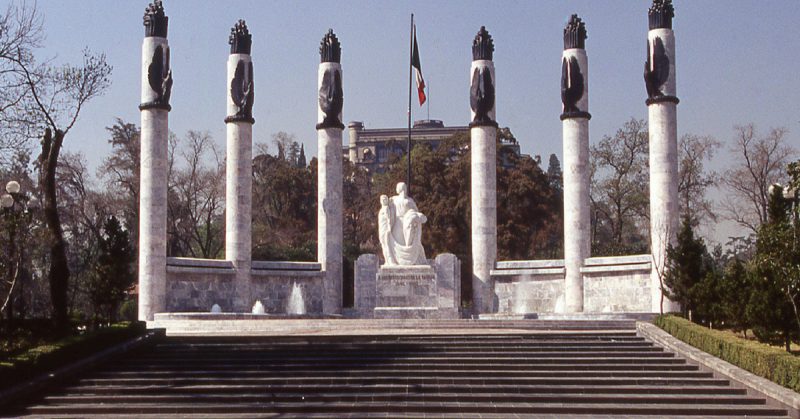In 1846, the United States of America went to war with the United Mexican States. Political maneuvering by President James K. Polk and a vested interest in the Republic of Texas ensured the US would throw everything they could into the conflict. Despite a small peace-time army dependent on volunteers, the self-righteous might of the Republic ground away at the Mexican forces.
In less than two years, the Mexican Navy lay in sunken graves, their Army reduced to its final holdout of Mexico City. It was there that the most underfunded, underappreciated branch of the US military at the time once more made a name for themselves. Along with nearly 7,000 soldiers, General Winfield Scott also marched on Mexico City with 400 members of the United States Marine Corps. They had marched to the shores of Tripoli; now they would march to the Halls of Montezuma.
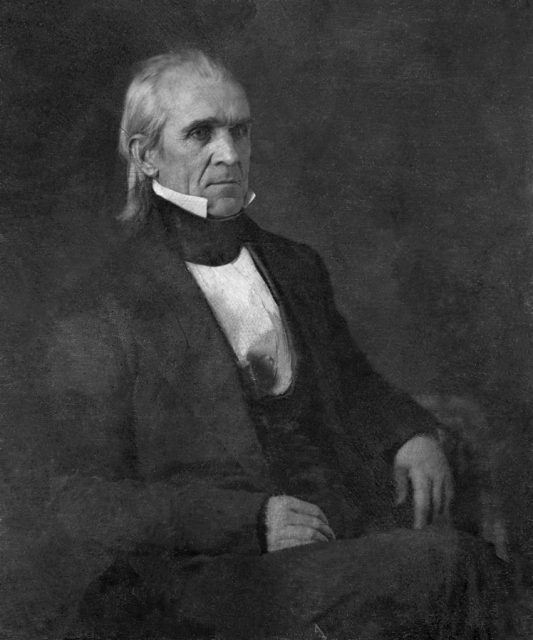
Having encircled the Mexican Army from the north, west, and south, all that remained to secure victory was to take the capital, and bring the war to an end. The remaining Mexican forces prepared as best they could, numbering twice over the American forces arrayed against them. General Scott, aware of the assembled numbers and the city’s formidable layout, knew that to take the city, first he needed to overrun the stronghold of Chapultepec.
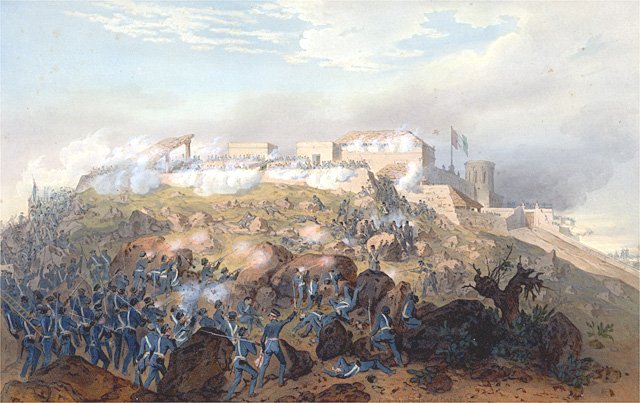
A fort anchoring the city’s defenses, it also doubled as the Mexican Military Academy, its defenders including military cadets determined to fight to the last. Having prepared his forces, on the dawn of September 12, General Scott ordered an artillery bombardment against the fortress.
The General’s report on the battle noted
“Before nightfall, which necessarily stopped our batteries, we had perceived that a good impression had been made on the castle and its outworks, and that a large body of the enemy had remained outside, towards the city, from an early hour to avoid our fire, and to be at hand on its cessation, in order to reinforce the garrison against an assault. The same outside force was discovered the next morning, after our batteries had reopened upon the castle, by which we again reduced its garrison to the minimum needed for the guns.”
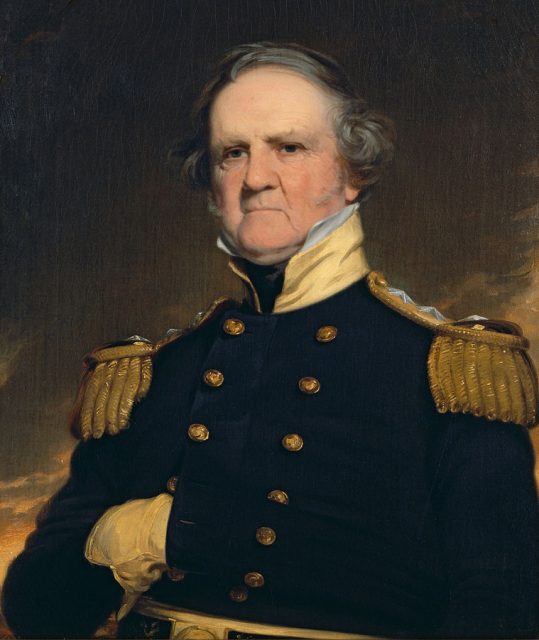
The second bombardment ended at 8:00 AM, the signal for General Scott’s assault on the stronghold. The General’s assault plan, carefully formulated with his own resources, the enemy’s defenses, and the fort’s construction in mind, was based partly on the advice of a young Army engineer named Robert E. Lee.
The plan called for three assault columns and two advance storming parties. Colonel William Trousdale would lead the left flank, composed of the 11th and 14th infantry divisions. Colonel Timothy Patrick Andrews led four companies of skirmishers along the center, and on the right the remaining skirmishers marched under the direction of Colonel Joseph E. Johnston.
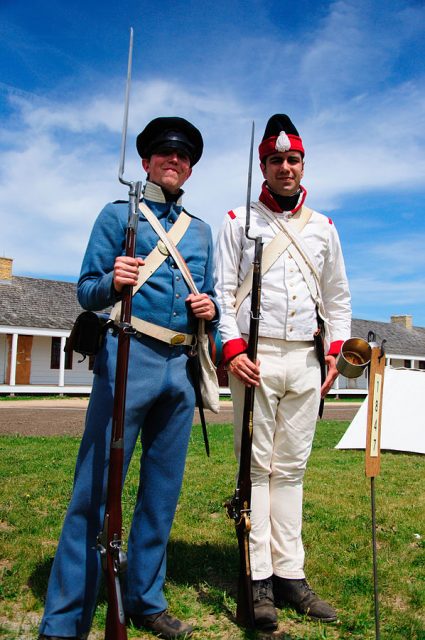
Along with the advancing infantry and reserves, two storming parties lay ready to hurl themselves into the breach and seize the fort. Major General Gideon Pillow, with an “assaulting party of some two hundred and fifty volunteer officers and men, under Captain McKenzie, of the 2d artillery” prepared along with a similar party readied by Major Levi Twiggs.
Both parties, totaling roughly five hundred men, were given scaling ladders and found themselves accompanied by a portion of the Marine Corps contingent. Forming the bulk of the right flank around the city defenses, the three columns advanced, the Mexican defenders firing the entire way.
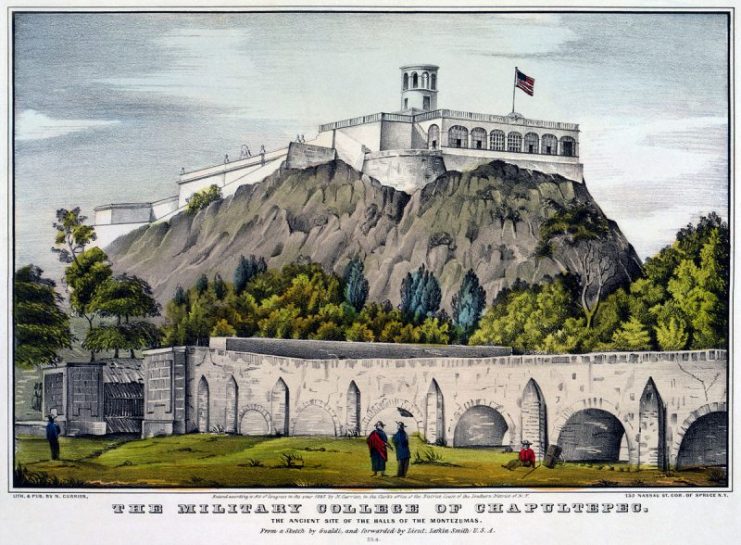
Colonel Trousdale led his forces in a flanking maneuver around the fortress to cut off reinforcements and bottle in the determined defenders. Johnston’s forces, meanwhile, assaulted the south wall, driving the defenders back as they assaulted and scaled the redan and nearby redoubt, allowing them to fire on the fort’s southern parapet. Aided by mortar fire, the two other prongs charged forward through open terrain and swampland to finish the job started by Trousdale and the forlorn hopes.
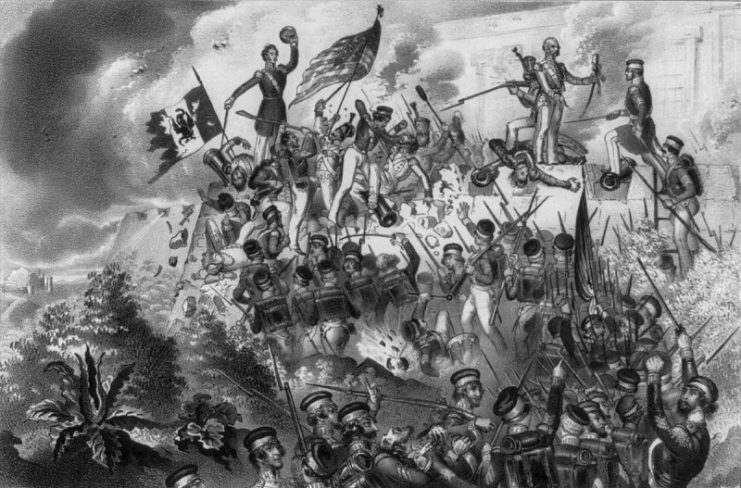
With reinforcements nowhere in sight, Chapultepec’s defenders, consisting of deserting Irish soldiers from the US Army and Academy cadets, fought a gallant defense worthy of the location of their last stand. With the fort all but secured, the battle for the rest of Mexico City began.
The Marine contingent raised the American flag to signal the fort’s capture, guarding the streets when it came time for General Scott to make his appearance. The Marines sustained astounding losses; ninety percent of those who participated in the fort’s capture were killed in combat. To commemorate their sacrifice, the Marine Corps added red “bloodstripes” to their dress blue uniform trousers. The Marine Corps had completed its hymnal journey, from one shore to the next.
